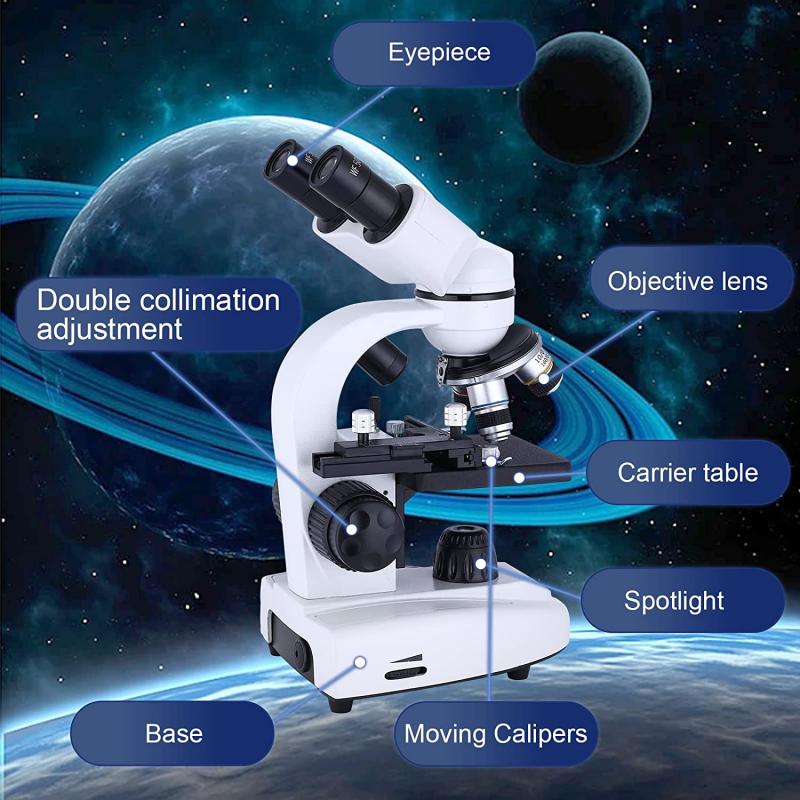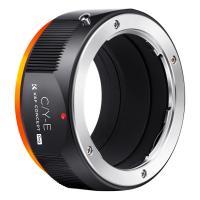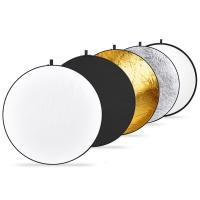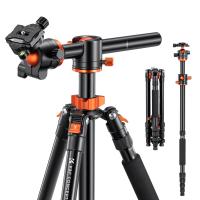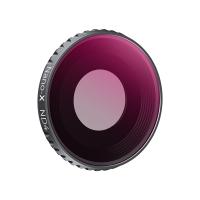Can An Atom Be Seen Under A Microscope ?
No, an atom cannot be seen under a traditional optical microscope because the wavelength of visible light is much larger than the size of an atom. However, atoms can be indirectly observed and studied using advanced techniques such as scanning tunneling microscopy and atomic force microscopy. These techniques use a probe to interact with the surface of a material at the atomic scale, allowing scientists to create images of individual atoms and manipulate them.
1、 Electron Microscopy
An atom cannot be seen under a traditional light microscope due to its small size. However, with the development of electron microscopy, it is now possible to observe atoms and their structures. Electron microscopy uses a beam of electrons instead of light to create an image, allowing for much higher magnification and resolution.
In 2012, a team of scientists at IBM Research in California used an electron microscope to capture the first-ever image of a single carbon atom. The image was created by using a tiny needle to manipulate a single carbon monoxide molecule on a copper surface, which allowed the researchers to position the carbon atom precisely for imaging.
While it is now possible to see individual atoms under certain conditions, it is important to note that electron microscopy has its limitations. The process of imaging atoms can be time-consuming and requires specialized equipment and expertise. Additionally, the images produced are often two-dimensional and do not provide a complete understanding of the three-dimensional structure of the atom.
In conclusion, while traditional light microscopes cannot see atoms, electron microscopy has made it possible to observe individual atoms and their structures. However, the process is still limited and requires specialized equipment and expertise.
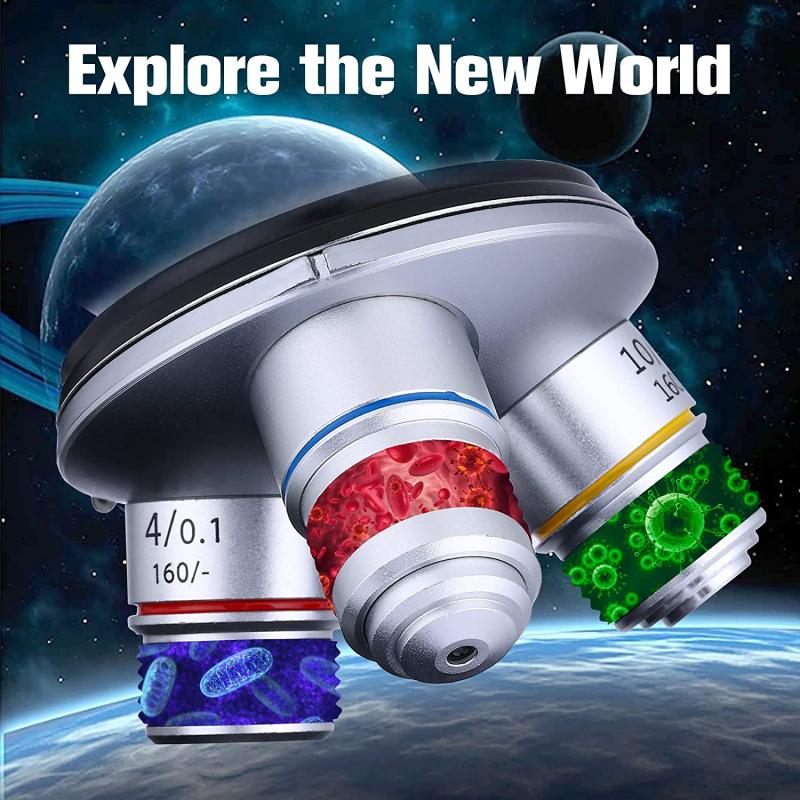
2、 Atomic Force Microscopy
Yes, an atom can be seen under a microscope using a technique called Atomic Force Microscopy (AFM). AFM is a type of scanning probe microscopy that uses a tiny probe to scan the surface of a sample at the atomic level. The probe interacts with the atoms on the surface of the sample, and the resulting data is used to create an image of the sample.
AFM has revolutionized our ability to see and manipulate individual atoms and molecules. It has been used to study a wide range of materials, including metals, semiconductors, polymers, and biological molecules. AFM has also been used to study the properties of individual atoms, such as their electronic structure and magnetic properties.
The latest point of view on AFM is that it has become an essential tool for nanotechnology research. It has enabled scientists to study and manipulate materials at the nanoscale, which has led to the development of new materials and devices with unique properties. AFM has also been used to study biological systems, such as proteins and DNA, which has led to a better understanding of their structure and function.
In conclusion, AFM has made it possible to see and manipulate individual atoms, which has revolutionized our understanding of the world at the atomic level. It has become an essential tool for nanotechnology research and has led to the development of new materials and devices with unique properties.
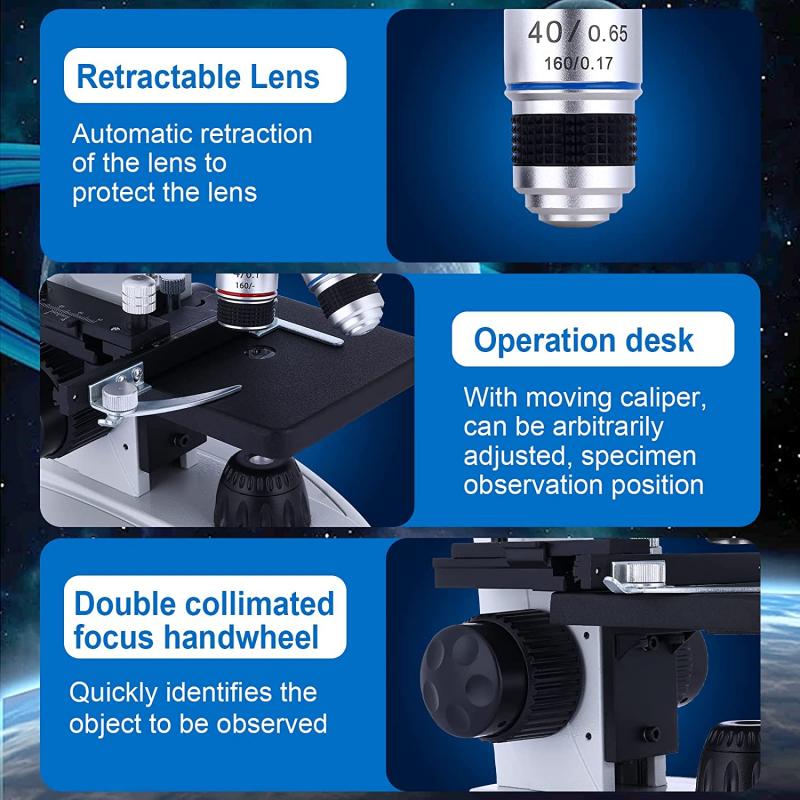
3、 Scanning Tunneling Microscopy
Yes, an atom can be seen under a microscope using Scanning Tunneling Microscopy (STM). STM is a type of microscopy that uses a sharp, conductive probe to scan the surface of a sample at the atomic level. The probe is brought very close to the surface of the sample, and a voltage is applied between the probe and the sample. This creates a tunneling current that is sensitive to the distance between the probe and the sample.
By measuring the tunneling current, STM can create a three-dimensional image of the surface of the sample, with atomic resolution. This allows individual atoms to be seen and manipulated, making STM a powerful tool for studying the properties of materials at the atomic scale.
STM was first developed in the 1980s, and since then it has become an important tool in many areas of science and technology. It has been used to study the properties of materials such as metals, semiconductors, and superconductors, as well as biological molecules such as DNA and proteins.
In recent years, STM has been combined with other techniques such as spectroscopy and microscopy to create new tools for studying materials at the atomic scale. For example, STM can be used to measure the electronic properties of materials, such as their conductivity or band structure, while other techniques can be used to study their optical or magnetic properties.
Overall, STM has revolutionized our ability to see and manipulate individual atoms, and it continues to be an important tool for studying the properties of materials at the atomic scale.
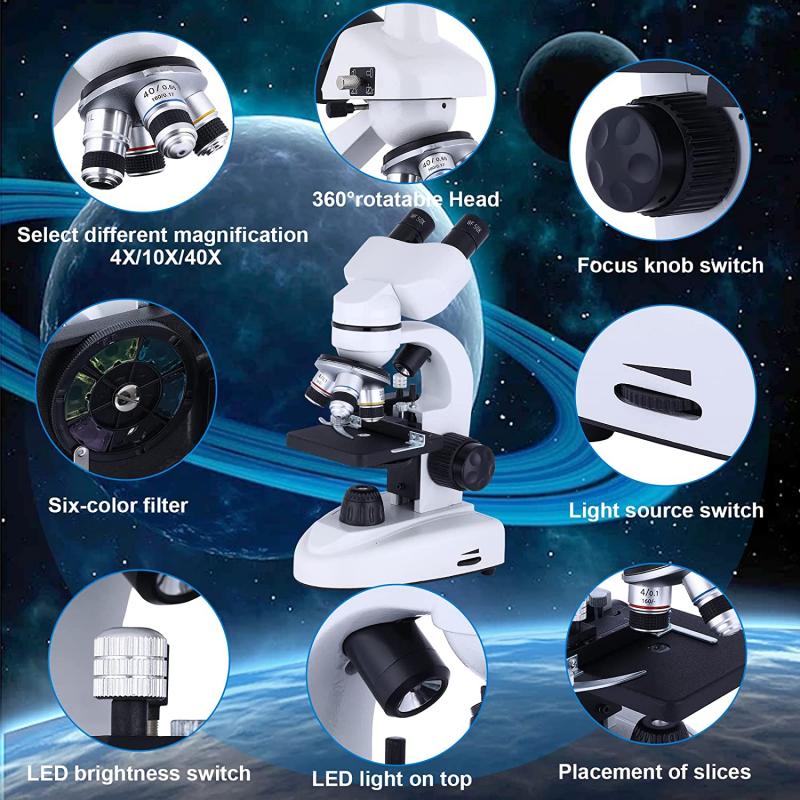
4、 Transmission Electron Microscopy
Yes, an atom can be seen under a microscope, specifically a Transmission Electron Microscope (TEM). TEMs use a beam of electrons to illuminate a sample, and the electrons interact with the atoms in the sample to produce an image. The resolution of a TEM is much higher than that of a traditional light microscope, allowing for the visualization of individual atoms.
However, it is important to note that the image produced by a TEM is not a direct visualization of the atoms themselves. Instead, the electrons passing through the sample are scattered and diffracted, producing a pattern that can be used to infer the arrangement of atoms in the sample. This technique is known as electron diffraction.
In recent years, advancements in TEM technology have allowed for even higher resolution imaging, with some researchers claiming to have imaged individual atoms in real-time. However, these techniques are still in the early stages of development and require highly specialized equipment and expertise.
Overall, while it is possible to "see" atoms under a microscope, the images produced are not a direct visualization of the atoms themselves, but rather an interpretation of their arrangement based on electron scattering and diffraction patterns.
